Discover 10 hidden attractions, cool sights, and unusual things to do in Harwich (United Kingdom). Don't miss out on these must-see attractions: High Lighthouse, Electric Palace Cinema, and Beacon Hill Battery. Also, be sure to include Harwich Redoubt in your itinerary.
Below, you can find the list of the most amazing places you should visit in Harwich (England).
Table of Contents
High Lighthouse
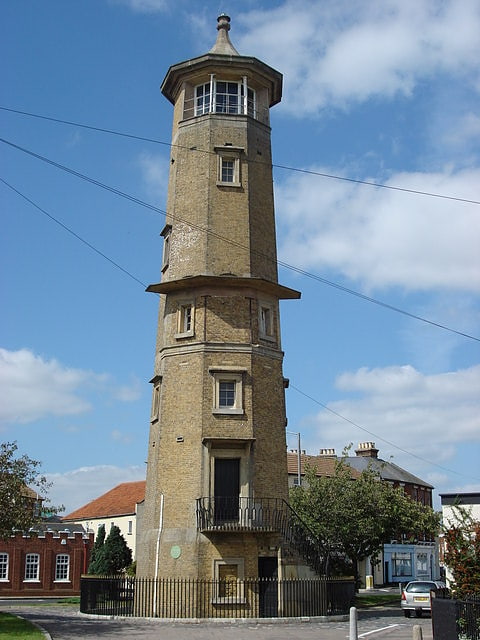
Harwich High and Low Lighthouses are a pair of early 19th-century towers in Harwich, Essex, which were built as leading lights to help guide vessels into the harbour. They replaced an earlier pair of lights established in the seventeenth century when Harwich was a key operational base for the Royal Navy.[1]
Address: West Street, Harwich, CO12 3DQ, Harwich
Electric Palace Cinema
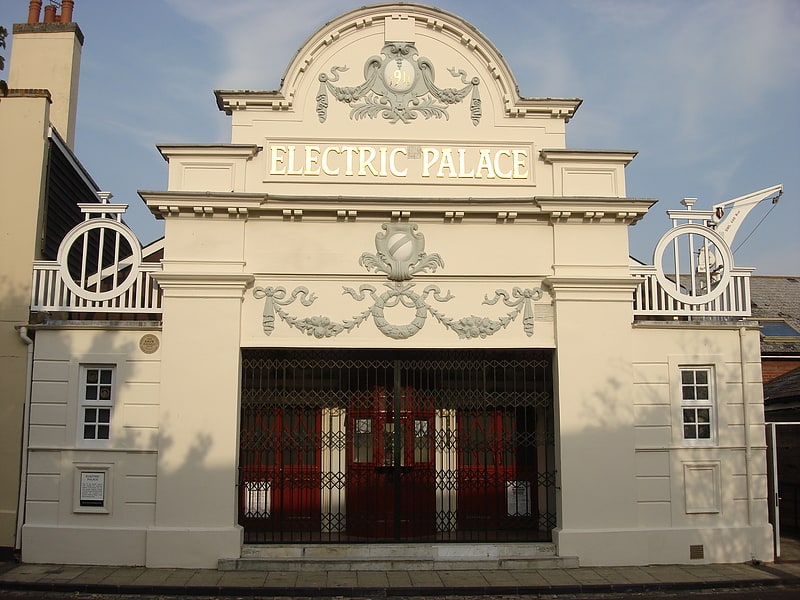
Movie theater in Harwich, England. The Electric Palace cinema, Harwich, is one of the oldest purpose-built cinemas to survive complete with its silent screen, original projection room and ornamental frontage still intact. It was designed by the architect Harold Ridley Hooper of Ipswich, Suffolk and opened on 29 November 1911.
Other interesting features include an open plan entrance lobby complete with paybox, and a small stage plus dressing rooms although the latter are now unusable. The original Crossley gas engine, which provided, in conjunction with a 100 V DC generator, the electricity for the "Electric" Palace until 1925 is also still present. Unfortunately it is neither practical to restore, or remove, this engine.
The cinema closed in 1956 after being damaged in the 1953 East Coast floods, but re-opened in 1981, retaining the original screen, projection room and frontage as well as much of the original interior. It is now a community cinema and until 2006, when a Wednesday screening programme was introduced, films were shown at weekends only. The building also hosts regular jazz and folk concerts.
The cinema is a Grade II* listed building and in 2009 was removed from the Buildings at Risk Register maintained by English Heritage following structural refurbishment, the completion of which, was celebrated on 15 July 2009.
In November 2006, British actor Clive Owen became patron of the cinema and at his first official visit he helped launch an appeal to raise funds to repair this historic building.[2]
Address: Kings Quay Street, CO12 3ER Harwich
Beacon Hill Battery
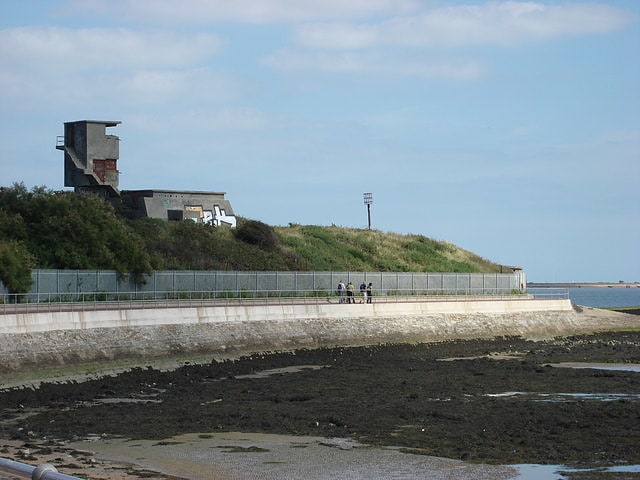
Beacon Hill Battery is a late-19th and 20th century coastal fortification that was built to defend the port of Harwich, Essex. It is a scheduled ancient monument.[3]
Address: Barrack Ln, Harwich CO12 3NS, Harwich
Harwich Redoubt

Fort in Harwich, England. Harwich Redoubt is a circular fort built in 1808 to defend the port of Harwich, Essex from Napoleonic invasion. The Harwich Society opens it to the public.[4]
Address: Main Road, CO12 3LT Harwich
Harwich International Port

Marina in England. Harwich International Port is a North Sea seaport in Essex, England, and one of the Haven ports. It lies on the south bank of the River Stour one mile upstream from the town of Harwich, opposite the Port of Felixstowe. The port was formerly known as Parkeston Quay.[5]
Address: Parkeston Quay, Harwich, CO12 4SR, Harwich
LV18 Lightvessel
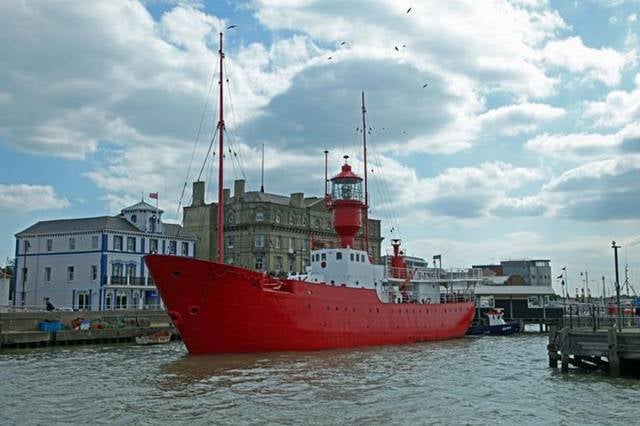
Ship, History museum, Museum
Address: The Quay, CO12 3HH Harwich
Little Oakley Channel Deposit
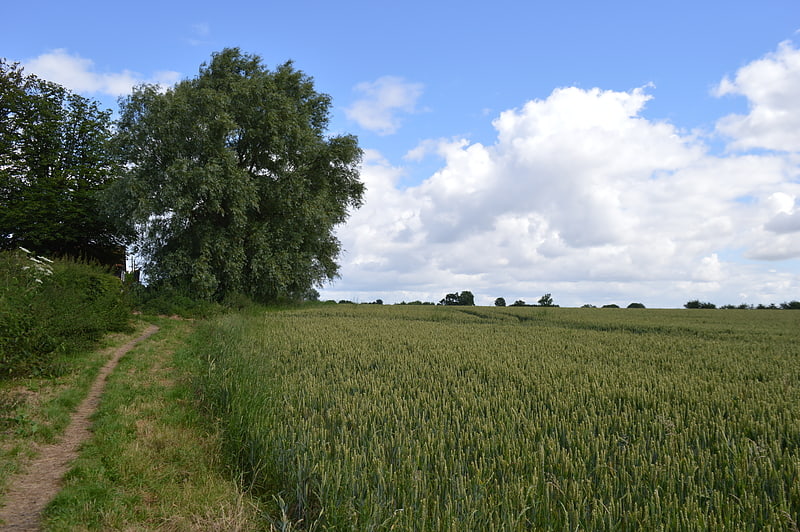
Little Oakley Channel Deposit is a three-hectare geological Site of Special Scientific Interest in Little Oakley in Essex, England. It is a Geological Conservation Review site.
This site exposed a former channel of the River Thames during an interglacial period around 575,000 years ago, probably where it met the early River Medway. The site was found in 1939, but not excavated until the 1980s. Many fossils were found, including rhinoceros and giant deer, many freshwater shells and an extensive pollen record, allowing geologists to reconstruct the fauna and flora of the time.
As the site has been filled in, no geology is visible.[6]
Harwich Dockyard
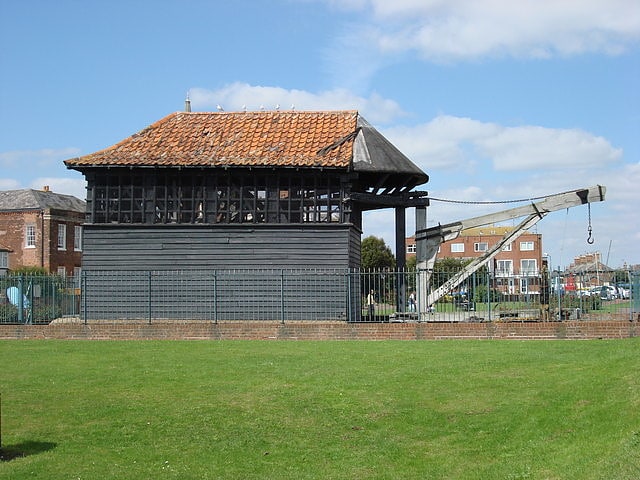
Harwich Dockyard was a Royal Navy Dockyard at Harwich in Essex, active in the 17th and early 18th century. Owing to its position on the East Coast of England, the yard was of strategic importance during the Anglo-Dutch Wars; however, due to a lack of deep-water access and the difficulty of setting off from Harwich against an easterly wind, its usefulness was somewhat limited and its facilities remained small-scale compared to the other Royal Dockyards over the same period. Nonetheless, it remained actively involved in repairing and refitting the nation's warships, as well as building them: of the eighty ships built for the Royal Navy in Britain between 1660 and 1688, fourteen were built at Harwich Dockyard..
After the Royal Navy withdrew from the yard in 1713, shipbuilding continued on the site under private ownership; over the course of the next century, through to the end of the Napoleonic Wars, just under forty more warships were built there.
The present-day name for the site of the former Dockyard is 'Harwich Navyard'; for the past 50 years it has been run as a commercial port, however in 2018 plans were announced for it to be transformed into space for more than 300 homes.[7]
Harwich Foreshore
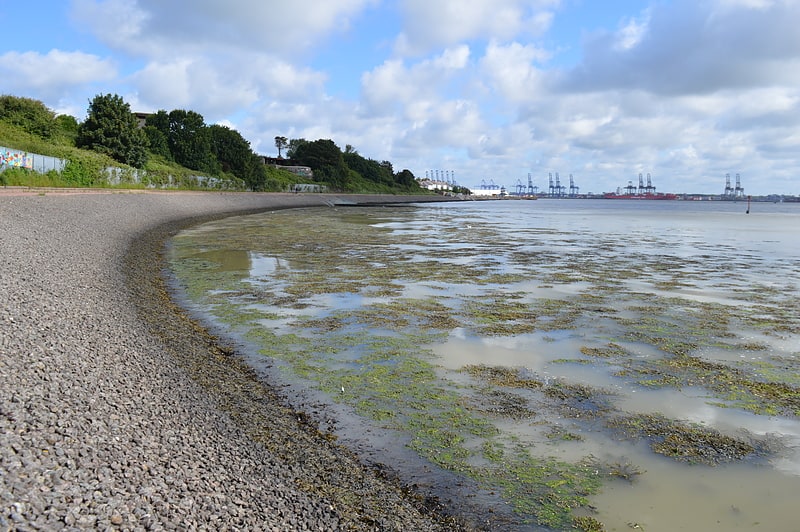
Harwich Foreshore is a 10.6 hectare geological Site of Special Scientific Interest in Harwich in Essex. It is a Geological Conservation Review site.
This site exposes bands of ash at the base of London clay from explosive volcanoes in Scotland during the Eocene epoch around 50 million years ago. It also has many London clay fossils from the Eocene rainforest, including mammals such as Hyracotherium, the earliest ancestor of the horse. The site is important in the history of geology as fossils have been collected there for over 300 years.
The site is a stretch of beach which is under water at high tide.[8]
Kingsway Hall
